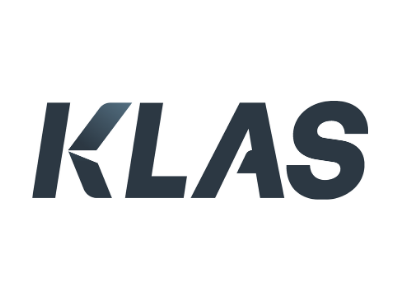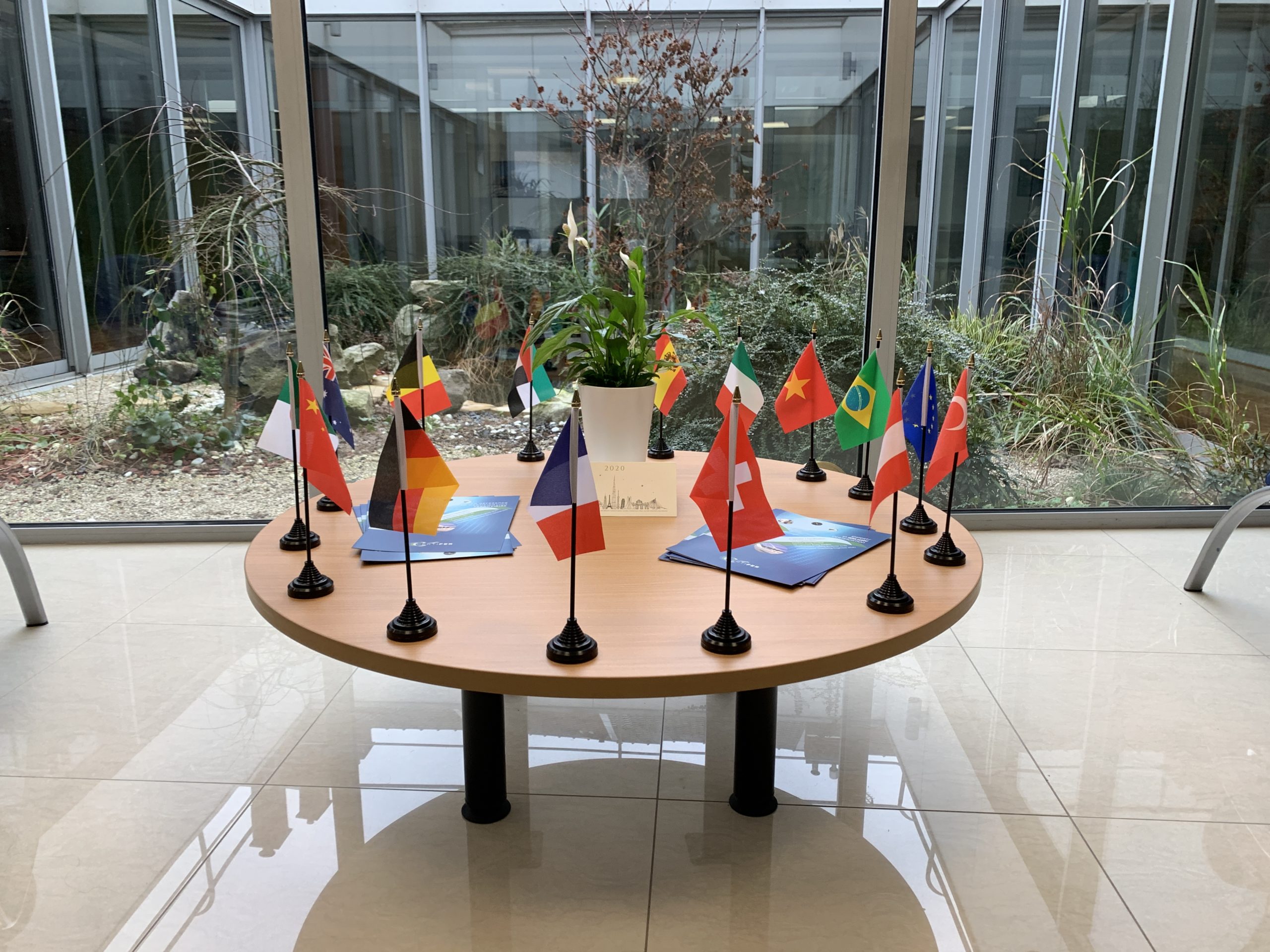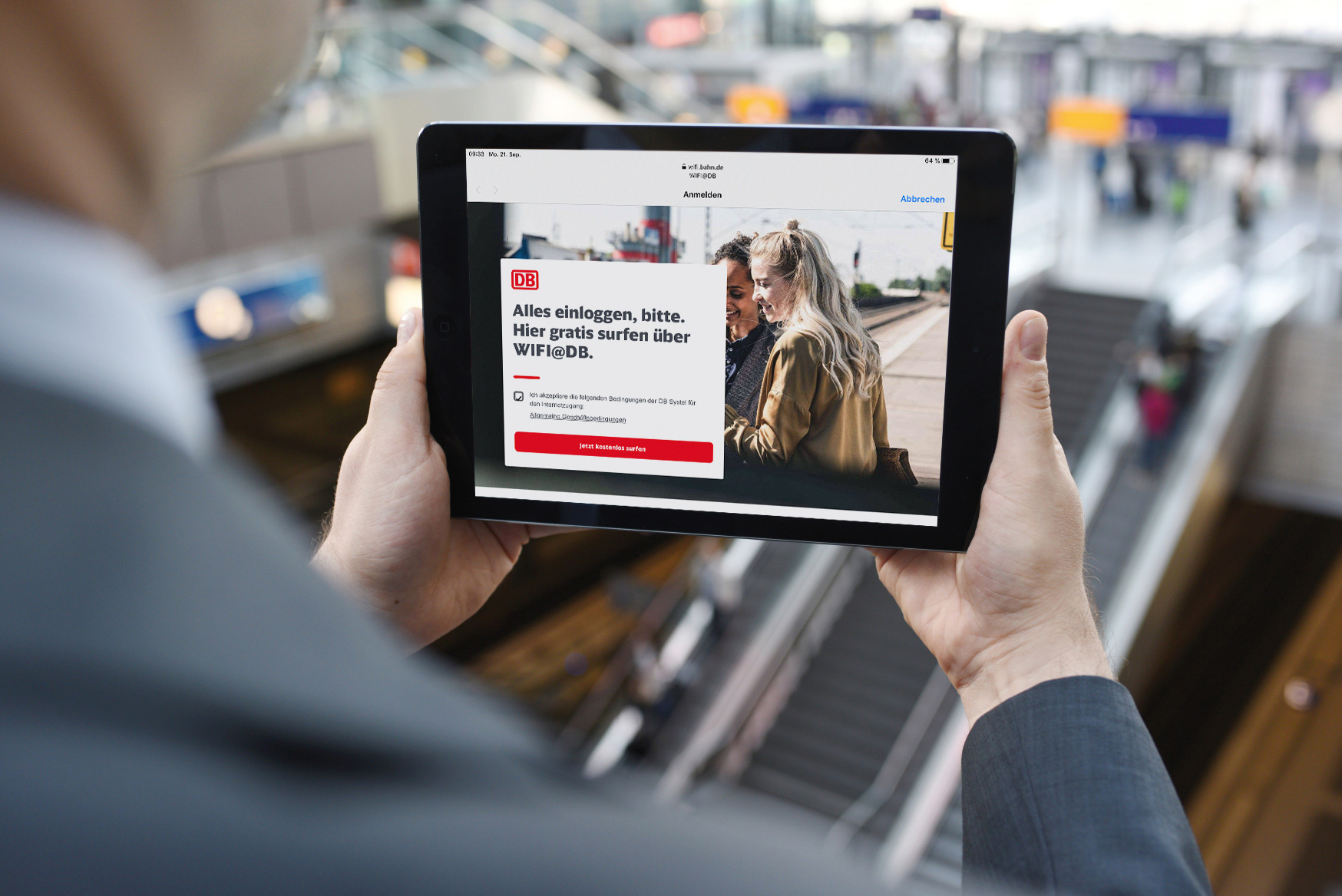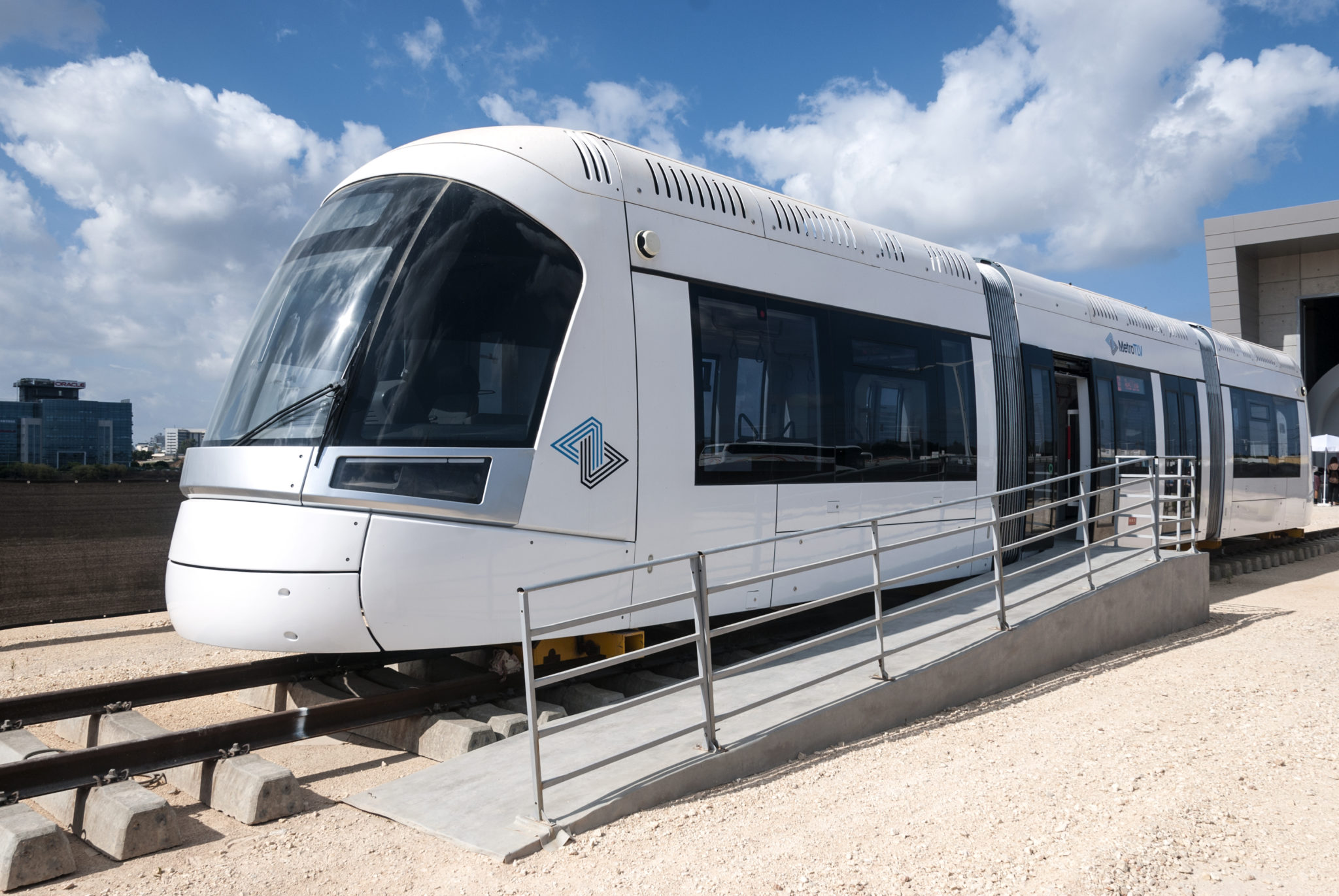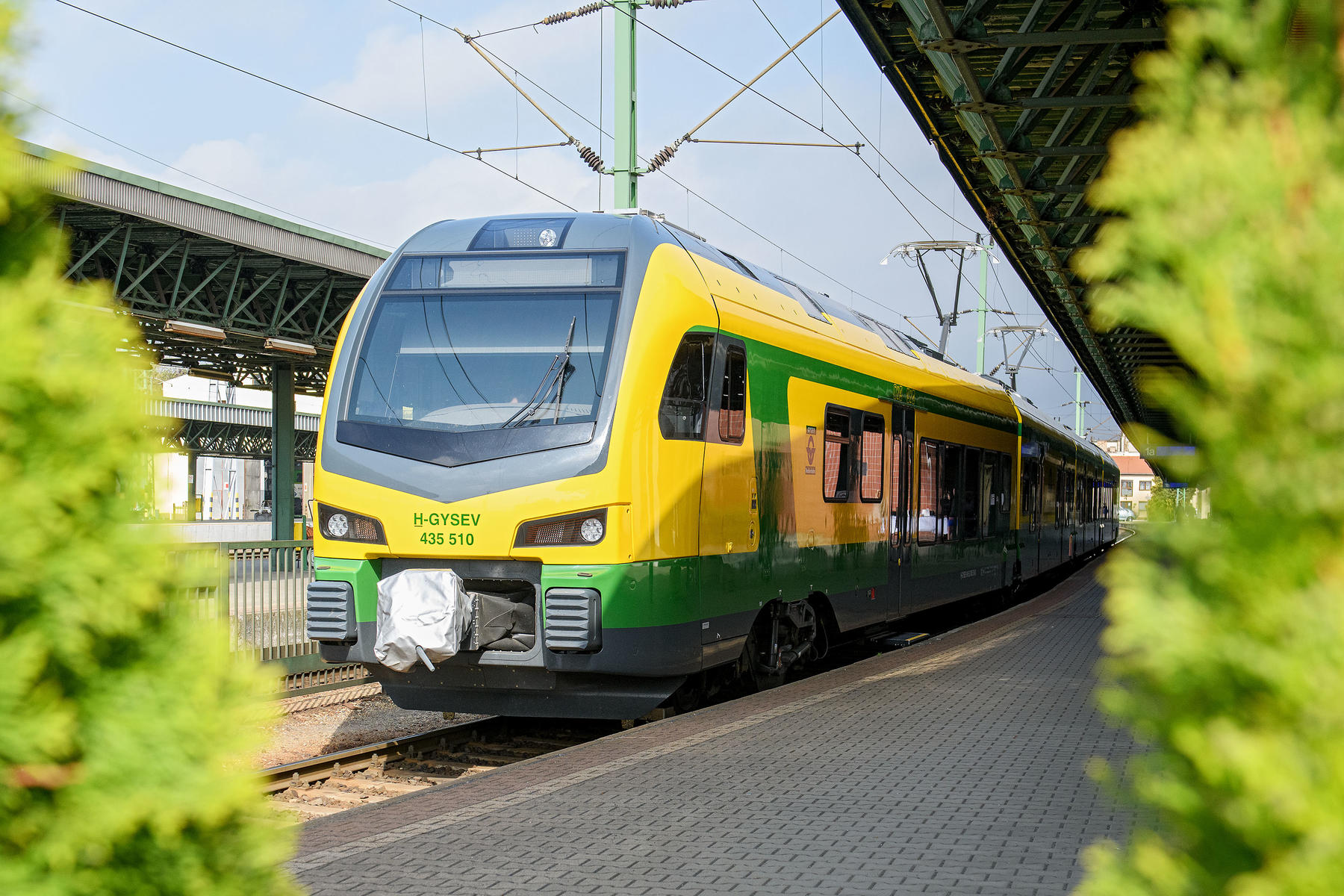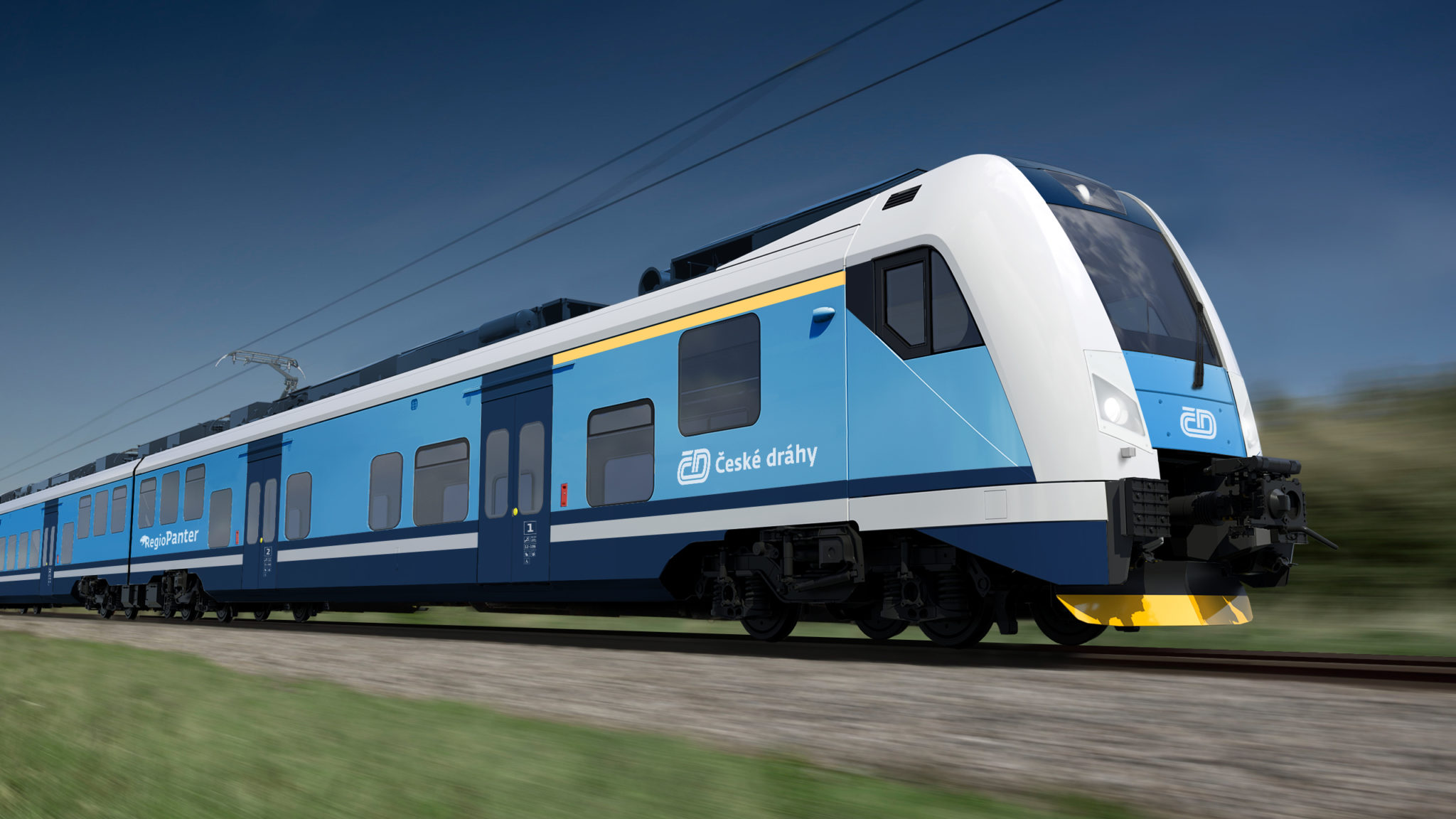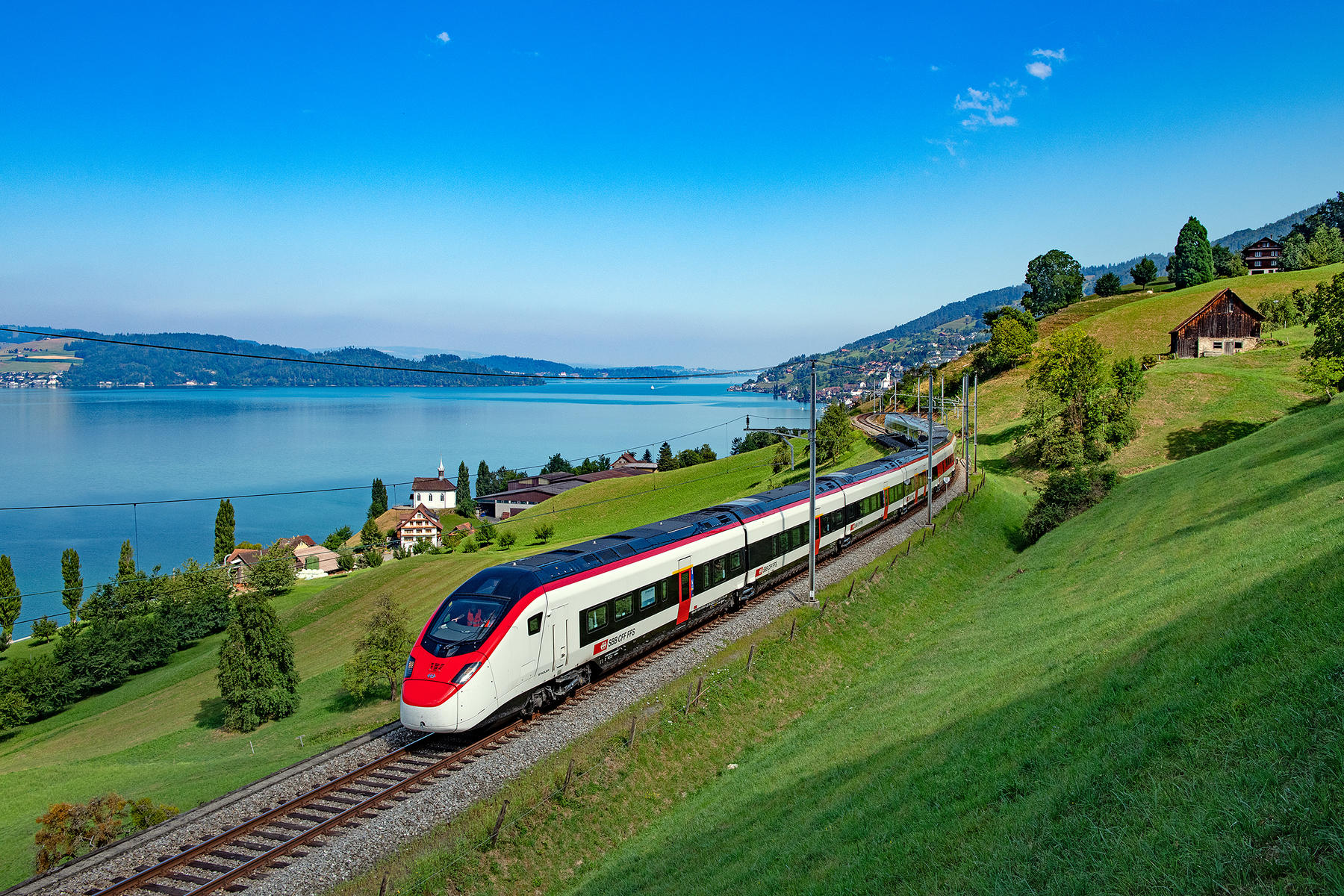Over the last decade, safety in the rail industry has dramatically improved with the use of CCTV. Train Operating Companies (TOCs) realise the many benefits digital media offers, from monitoring passenger safety to assisting in rail operations.
The advances in 3G/4G/5G cellular networks and the rise of the Internet of Things alongside the proliferation of cloud services have enabled TOCs to extend CCTV operations from a station/platform-only use case to an operations-wide requirement that encapsulates the passenger experience.
However, in older rolling stock operational blind spots continue to exist. With the return-on-investment many years away from maturing, many TOCs are now looking at retrofit plans to ensure a seamless passenger experience across the complete service network.
For TOCs, this is an opportune time to revisit and rethink their CCTV deployment’s overall architecture. With the technical advancements in software-defined networking, there are potentially significant savings to be made in terms of running and operational costs.
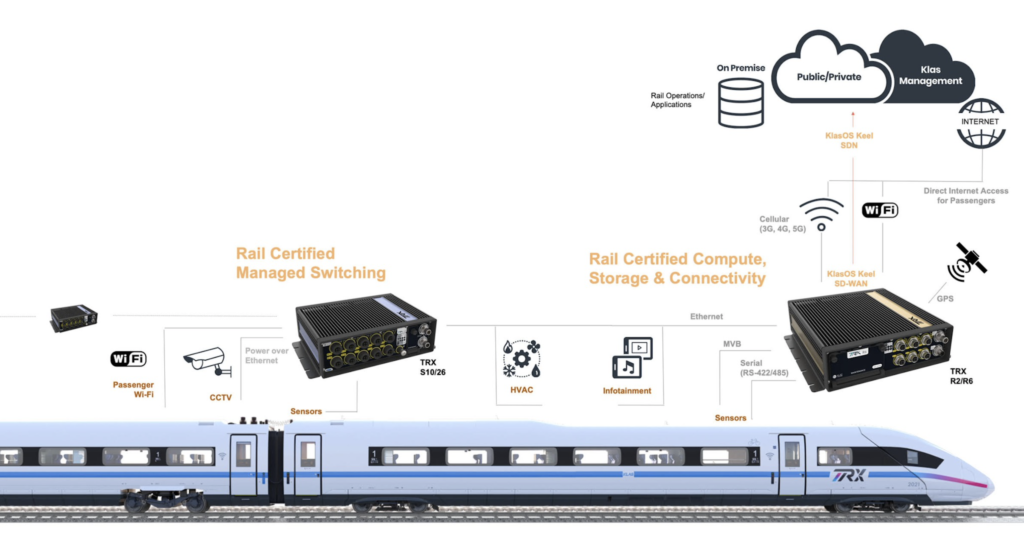
Lowering the Total Cost of Ownership
The investment in passenger safety comes at a high cost to TOCs. But do TOCs need to underwrite the entire cost of a CCTV retrofit? The short answer is no! There are three essential parts to a CCTV deployment plan: the cameras, a network, and the NOC. Very little can be done with the cameras and NOC, but the network offers the most significant potential to lower the total cost of ownership for CCTV retrofits.
The ability to segment the network into distinct service layers isolated from the CCTV allows TOCs to onboard additional partner services. With each new partner onboarding, there is the potential to gain additional revenue, thereby helping to revitalise the revenue generation potential of old rolling stock.
Maximising Return on Investment
To maximise the return on investment when deploying a network for CCTV, TOCs need to be able to first isolate the CCTV service from all other services for security purposes. Traditional network architectures would dictate the use of separate components of computing, network, and memory. Unfortunately, legacy architectures are contrary to an efficient and economic roll-out for a CCTV retrofit programme.
TOCs must now look at the advancements in edge compute gateways that offer virtualisation technologies. TOCs benefit from a single platform of computing, network, and memory that is shareable between the CCTV and any other additional services.
For example, using a single compact rail-compliant platform that hosts CCTV, passenger infotainment, and alerting services reduces the number of times the rolling-stock is out of commission to install and maintain service continuity. Other indirect benefits include space saving, reduced cabling, and less power consumption per carriage.
A further advantage of adopting virtualisation is every compute and storage byte available on the gateway can be fully utilised. One such way is to add new services in the future or migrate existing physical onboard computers to the virtual platform, thereby reducing IT and maintenance costs across the entire rolling-stock.
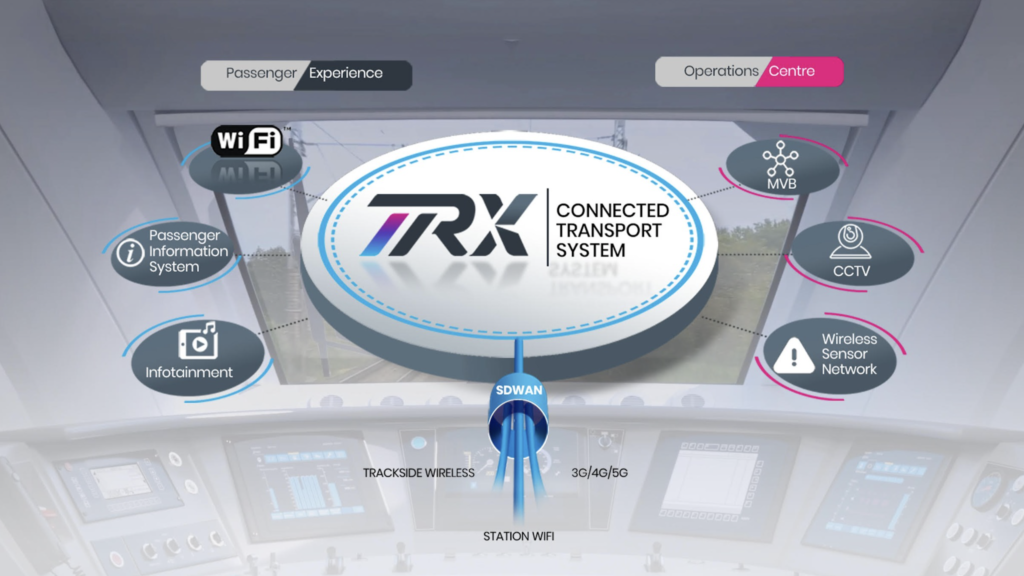
CCTV Camera Evolution
Rail CCTV permits for many service use-cases, from internal carriage 360 views, to forward-facing and external cameras, even driver-controlled cameras. However, one consistent fact is that camera technology advancement is dependent on the onboard network type.
Network Video Recording (NVR) harnesses IP networking technology to communicate with cameras to transmit digital video. For TOCs undertaking a retrofit, the ability to access existing ethernet cable looms will significantly minimise the effort required to fit cameras. Irrespective of re-using or pulling new cable looms, there is the need to aggregate cameras through switching technology.
When selecting a compute gateway to stream the video to the NOC, TOCs should also consider their switching requirements to interconnect the cameras. A holistic gateway and switch solution greatly simplifies running and managing the network over the rolling stock’s lifetime, with the additional advantages of reduced IT effort.
A further observation of camera selection is the requirement for additional metadata such as time and location to simplify evidence gathering for security incidents. The ability to easily integrate GPS data with captured video implies the compute gateway must generate or ingest GPS data feeds.
Minimising Retrofit Downtime
When it comes to installation time, it’s clear that TOCs are making no money while rolling stock is sitting in the yard. CCTV installers need to be able to quickly and easily install the system. The first thing is to ensure that all components are ruggedised and compact to minimise manual handling efforts.
Another viewpoint is that the CCTV installers are not the people managing the system once live. The distinct roles create a potential gap in misconfiguration and this ultimately leads to failures. With software automation, TOCs can reduce the effort of configuring cameras and eliminate human errors.
Software automation can assist with a methodology for allocating CCTV camera network address schemes that provide the NOC with a strategy for seamless access to cameras. Furthermore, software automation simplifies the management of the IP network when extending between carriages or train formations. The challenge the TOCs now face is the ability to remotely access cameras securely from the NOC.
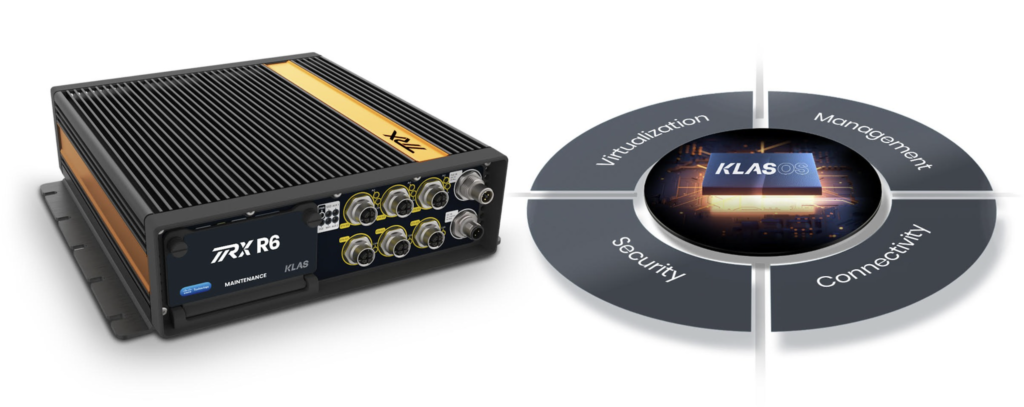
CCTV Cybersecurity
The threat to IP-networked, enabled cameras is real, and these devices have garnered significant lousy press over the years. Cybercriminals are actively pursuing IP-enabled cameras, which is evident from cyber threats that are designed specifically for IP cameras such as Mirai*.
The last thing TOCs need is bad press associated with a security breach concerning CCTV. Cyber breaches bring potential public lawsuits from privacy activists. Fundamentally, security has to be baked in at the beginning of any project. Security can be expensive, but simple countermeasures can help significantly reduce costs when retrofitting trains.
One example is to leverage the virtualisation capabilities of the compute gateway to isolate and segment camera networks. There will be separate networks by design to manage the cameras, control the cameras, and send video data. An additional security best-practice is to adopt an in-depth defensive strategy by creating private networks over the internet. The implication is the ability to isolate and overlay secure networks over the top of any data bearer for the train to ground communications.
In the cellular world, the Mobile Network Operator (MNO) will happily sell a private Access Point Name (APN) that isolates traffic from the internet. Private APNs bring additional security expenditure and management costs. The issue for many TOCs is the need for multiple MNOs to ensure high availability of camera connectivity, adding to the overall complexity of deployment.
A more efficient way is that the compute gateways support multiple cellular modems that enable a Software-Defined Wide Area Network (SD-WAN). By adopting SD-WAN, the TOCs can automate MNO-selection and deliver a private network overlay to ensure CCTV connectivity without the additional expense of MNO private APNs.
Lifecycle Management
Once the CCTV service goes live, TOCs need the flexibility to monitor the cameras and onboard system performance. In the event of a fault occurring, the NOC will need access to the train irrespective of location.
However, this raises two challenges for the TOCs; the first is that the camera is not accessible due to the MNO network’s constraints. The second is that the NOC operators are not sitting waiting for faults to occur and so days go by before errors are identified.
By selecting a compute gateway that supports a software framework for connectivity, TOCs can create a secure virtual private network with ease without additional infrastructure expenditure or throwing money at MNOs. Through simple network protocols with alerting in the NOC, TOCs can drive predictive maintenance and reduce in-life management costs, with minimal complexity.
Delivering Peace of Mind
In summary, CCTV not only provides peace of mind to passengers but opens the doors for TOCs to create new revenue streams when retrofitting rolling stock. By choosing the right CCTV and network infrastructure partners, TOCs can deliver services that will change the passenger experience of their services forever.
With the flexibility to consolidate and concentrate existing systems into a single computing platform, TOCs can reduce IT expenditure and ultimately lower the total cost of ownership for their CCTV programme.
To learn more about Klas and how our products can help deliver cyber-secure rail CCTV services, visit www.klasgroup.com.
*https://en.wikipedia.org/wiki/Mirai_(malware)

